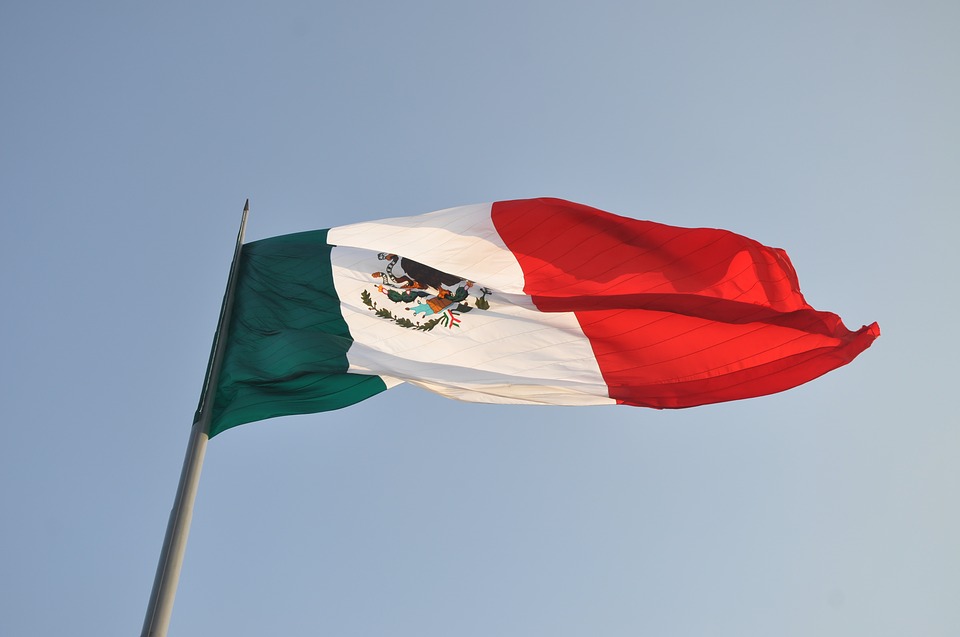Airlines operating in Mexico transported 51.3 million passengers on regular flights between January and May 2025, reflecting a 3.7% year-over-year increase, according to the Federal Civil Aviation Agency (AFAC). This growth outpaces the 2.2% growth increase recorded during the same period in 2024.
The domestic market drove the rebound, with passenger numbers rising 5.4% to 25.5 million. This follows a 3.9% decline in 2024 due to the temporary grounding of Volaris and VivaAerobus aircraft for engine inspections.
In contrast, international carriers saw minimal growth, with a 0.4% increase to 18.5 million passengers. Traffic in the US–Mexico market declined by 4.4%, tempering the 6% growth seen in 2024.
Aeroméxico expanded its international operations, carrying 7.1 million passengers abroad—a 6.9% year-over-year increase. The airline plans to launch a new Mexico City–Philadelphia route in collaboration with Delta Air Lines.
Domestically, Volaris led in total passengers from January to May, transporting 11.3 million. Viva followed closely with 11.1 million and Aeroméxico ranked third with 9.8 million passengers. However, in May, Viva surpassed Volaris for the first time, carrying 2.3 million passengers compared to Volaris’ 2.2 million.
“Passenger traffic remained stable, with a resilient load factor of 84.8%, supported by ongoing efforts to optimize our route network and capacity,” said Viva CEO Juan Carlos Zuazua in the airline’s May operational report.
AFAC data highlighted the busiest domestic routes:
Mexico City–Cancun
Monterrey–Mexico City
Mexico City–Guadalajara
Tijuana–Mexico City
Tijuana–Guadalajara
Four routes experienced declines of 2.4% to 4.6%, while Tijuana–Guadalajara grew by 5.1%.
Internationally, the top routes were:
Toronto–Cancun (+34.1%)
Mexico City–Madrid (+1.1%)
Dallas/Fort Worth–Cancún
Los Angeles–Guadalajara
Chicago–Cancun (-19.2%).
AFAC forecasts that total air passenger numbers in Mexico will reach approximately 123 million by the end of 2025.
On June 10, Jesús Antonio Esteva Medina, Ministry of Infrastructure, Communications, and Transport (SICT), announced an expected 3%–5% growth in Mexico’s air transport sector during the current administration. A key initiative driving this growth is the adoption of Sustainable Aviation Fuel (SAF), which aims to cut greenhouse gas emissions by 50%–80% and create over 3,500 jobs. The first SAF-powered flight is scheduled for late 2025, with broader implementation in 2027.
Despite ongoing supply chain disruptions, constrained capacity has led to higher load factors, increased fares, and improved profitability for some airlines, according to John Grant, chief analyst, OAG…



